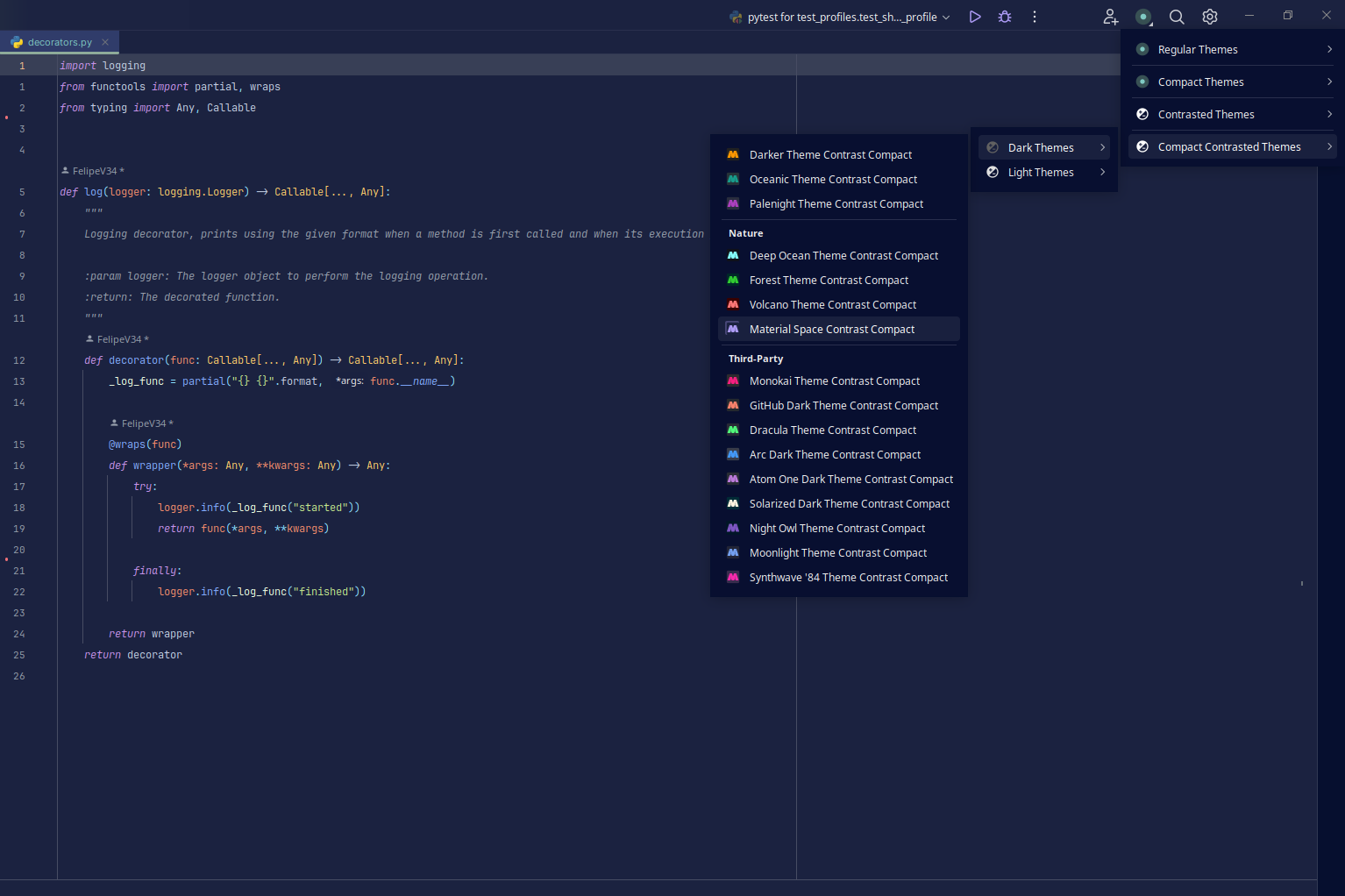I agree I should get a grasp on ledger based accounting before my next project. Thanks for pointing me in the right direction!
pips34
joined 1 year ago
Beautiful! What a fantastic article. So in a way, there's only accounts, and types of accounts, and transfers between accounts. I knew there must have been something I was missing. Definitely will take a closer look at accounting practices and software before my next project. Thanks a lot!
Beautiful! I only reply just now because I JUST got it working. This is exactly what I was looking for, thank you sooo much :) I'm keeping both approaches in a lil template project I have, and definitely checking Serilog next!
Love it! Works great for me, since most of my services receive only 2 params, and even if I didn't, having 2 or 3 wrappers is no big deal. Tysm! :)
Hi, my IDE is PyCharm with the Material theme



I appreciate the advice, I totally understand what you mean! The banks I have are pretty transparent with all my transactions in the last few months. I am also pretty diligent in regularly recording everything for myself, so I don't rely on the banks for visibility on historical data. I'm the kind of person that would encourage you to do that, if we ever had a conversation about personal finance lol. I always try it as a concept for learning, say, a new framework because I'm familiar with the pain of doing it (not that my test projects are better than raw excel lol, but you get the idea).
Lately I kinda put in question the model I've been using and, after checking some of the answers here, I actually do want to learn a bit more about accounting practices, make something a bit more robust, closer to what would be expected from accounting software. I think it would be interesting to do something simple, hopefully something that would be useful to me.